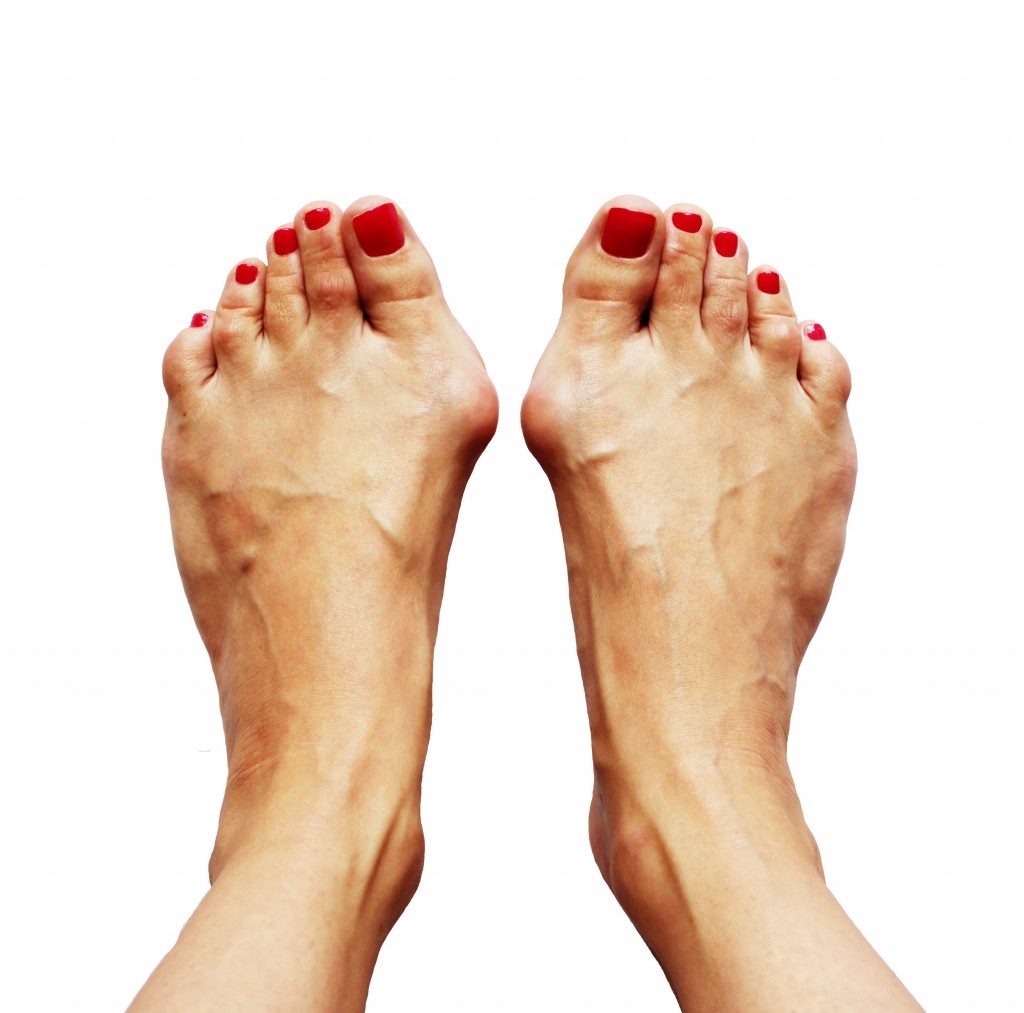A bunion refers to a bony deformity on your foot which forms once your toe moves out of place. Its development is primarily linked to the enlargement of the joint at the side and base of your big toe. This will grow into a bump owing to the constant pressure and friction when your toe rubs against your shoes. Bunions are among the most common issues treated at podiatric clinics.
About 25% of people aged 18-65 have bunions, but unfortunately, only a very small percentage will seek treatment from a podiatrist in Singapore. For some, bunions may be a cause for embarrassment while others assume it will go away.
More often than not, unbearable pain is the only symptom which will lead people with bunions to seek treatment for them. After a physical examination of the bunion, the following are the treatment alternatives a podiatrist might offer.
Taping and Padding
This is often the first course of treatment for bunions that are diagnosed early and are not causing too much pain. Padding of the bunion will minimise the pain associated with it and allow you to continue living an active and normal life. Taping, on the other hand, is designed to hold your foot in its normal position and thus reduce the pain and discomfort caused by the bunion.
Medication
There are various pain-relief drugs that might suffice for reducing the pain and discomfort bunions cause. Anti-inflammatory drugs also play a crucial role in decreasing inflammation of the bunions and alleviation of joint deformities. The most common drugs used for the relief of inflammation in patients with a bunion are regular cortisone injections.
 Physiotherapy
Physiotherapy
There are various physiotherapy techniques in podiatry care designed to reduce the symptoms linked with bunions. This therapy is also meant to help you maintain the range of motion in your foot’s joints and alleviate the deformity. Other than exercises, most clinics will also employ ultrasound therapy. This treats not only your bunions but also the soft tissues affected by them.
Orthotic Devices
These are customised devices inserted into your shoes. They are meant to stabilise your feet’s joints and place them in the right position when you are standing or walking. Other than stabilisation, orthotic devices also help prevent the worsening of the toe deformity caused by bunions.
Surgery
This treatment is reserved for bunions in which the discomfort and pain cannot be alleviated by conservative treatments. In surgery, the podiatrist will get rid of the bony enlargement, which characterises the condition, and restore your toe joint’s normal alignment. In simple bunionectomy, only the bony prominence on your toe is removed. Severe bunions will, however, call for a cutting of the bone and joint realignment, which is an extensive procedure that will also take time to heal.
Without the above podiatry treatment options, bunions can cause arthritis, more so if your big toe has sustained long-term and extensive damage which causes the deterioration of its joint cartilage. Just keep in mind that bunions are completely avoidable, so you better choose your footwear carefully.

 Physiotherapy
Physiotherapy